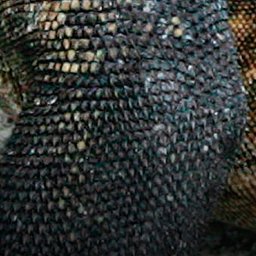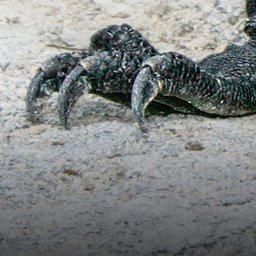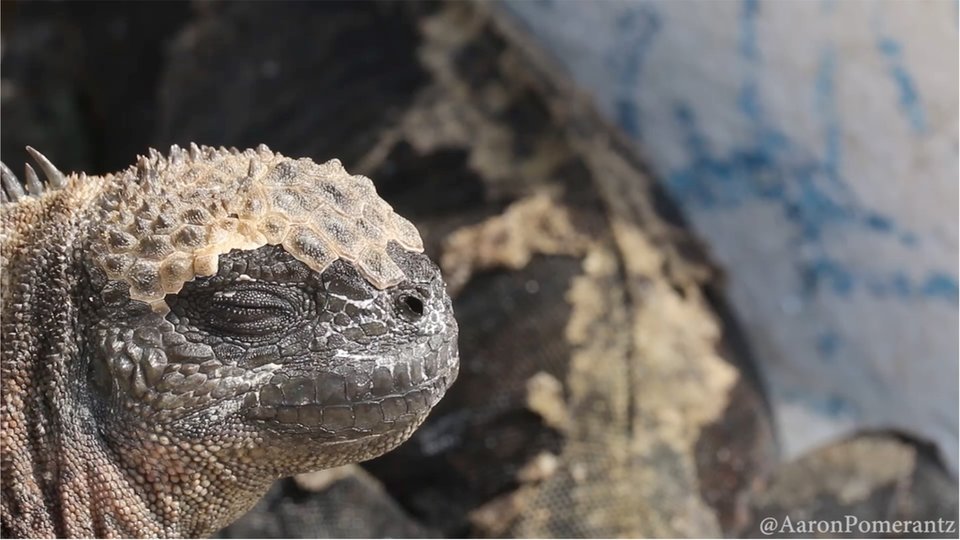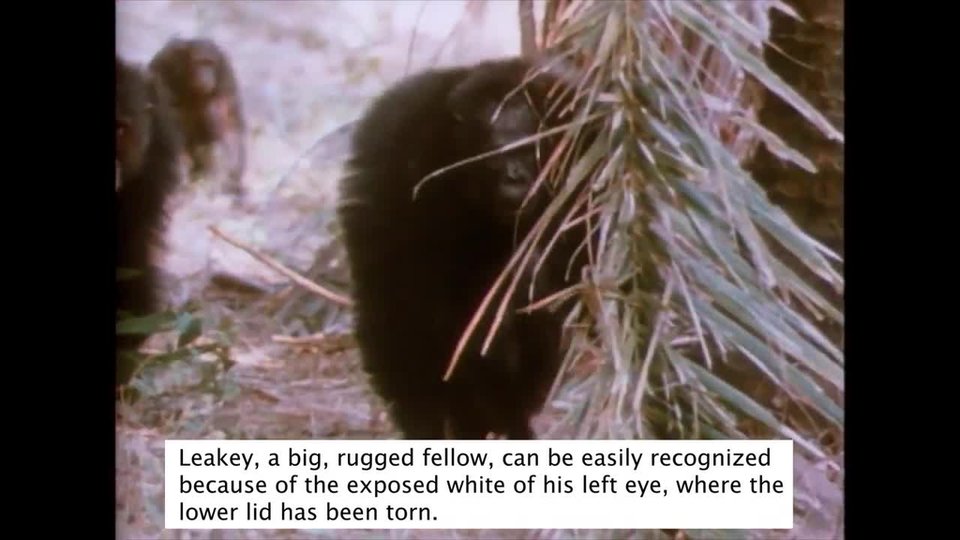“Theiguanasaresmall,andof a sooty black,which,ifpossible,heightenstheirnativeugliness.Indeed,sodisgustingistheirappearance,thatnooneonboardcouldbeprevailedupontotakethemas food.”
—CaptainJamesColnettoftheBritishRoyalNavy, 1798
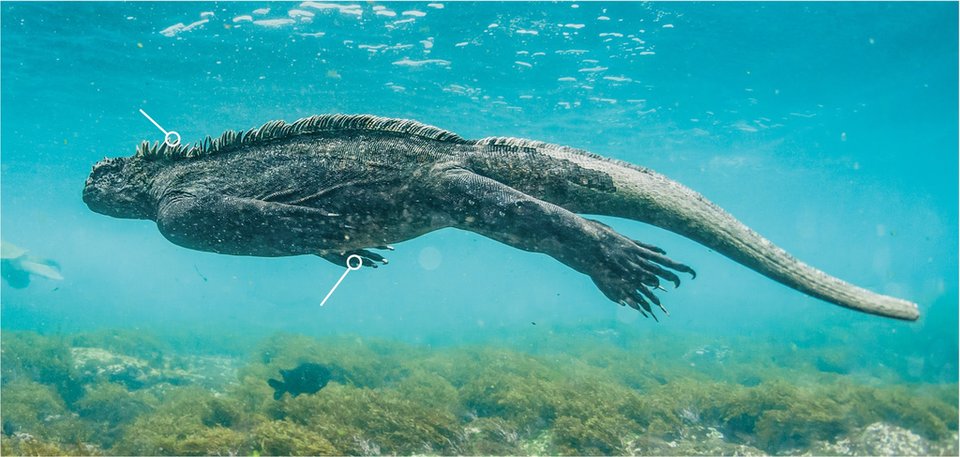
Whiletheiguanaswims,itsback spines
balanceits body.
Partiallywebbed feet
helpit swim.
Marineiguanasmadeanimpactonsomeoftheislands’earliestvisitors.WhennaturalistCharlesDarwinfirstsawthem,longafterCaptainColnett,hefoundthemunappealing,too.Hedescribedthemas“impsof darkness.”
Thesearetheonlylizardsintheworldthatcanliveandforageatsea.TheyareendemictotheGalápagosIslands.Scientistsbelievethattheyaredescendedfromlandiguanas.Theyprobablyfloatedouttotheislandsfromthecontinentonlogsor vegetation.
SaltySneezes
Marineiguanasswallowsaltwaterwiththeirfood.Thentheyneedtogetridofsaltfromtheirsystems.Glandsintheirnosesremovesaltfromtheirblood.Thentheysneezeit out!
Heat‑SeekingLizard
Marineiguanascan’tcontroltheirbodytemperatures.Theyrelyonasource,likethesun,todoitforthem.Ifyoureadlastmonth’seditionofExplorer magazine,you’llknowwhatthewordforthisis:ectotherm—acold‑blooded animal.
Marineiguanaswillloseanaverageof10degreesofheatinthecoldwater.So,beforetheydivein,theytrytosoakupenoughheattoraisetheirbody temperatures.
